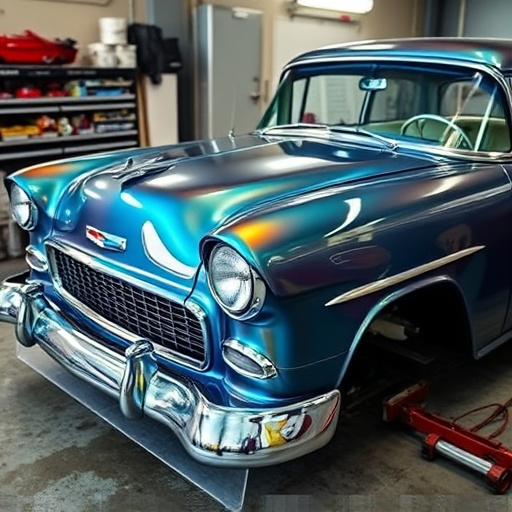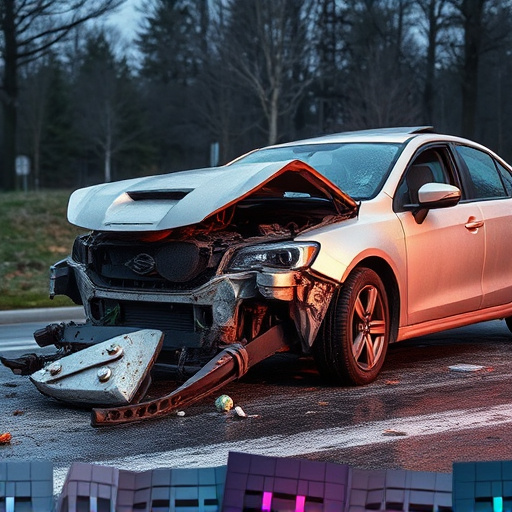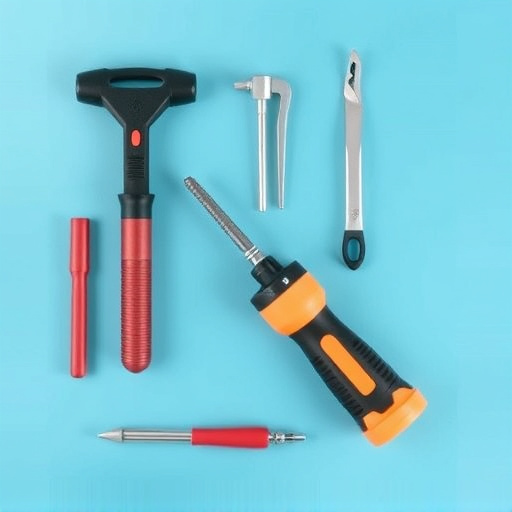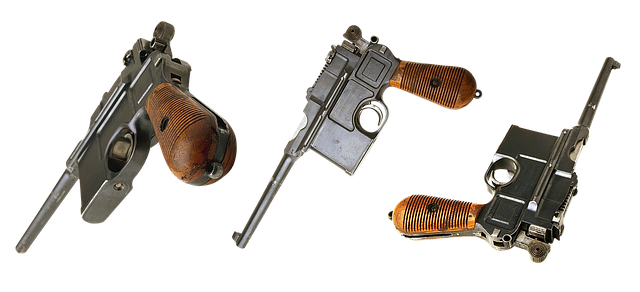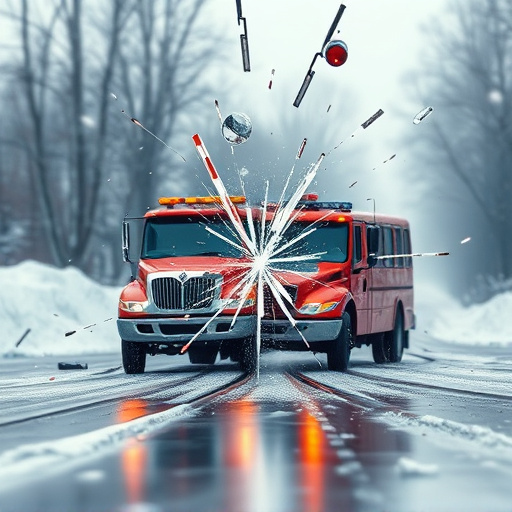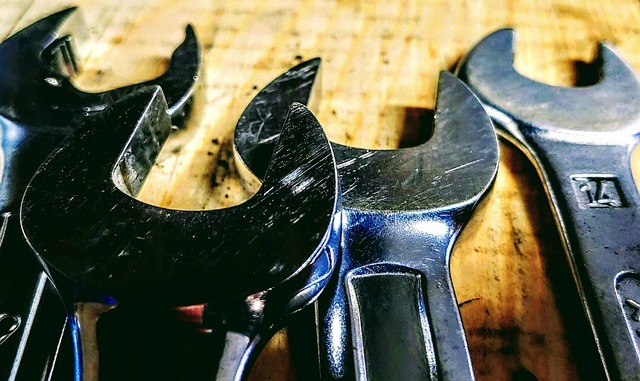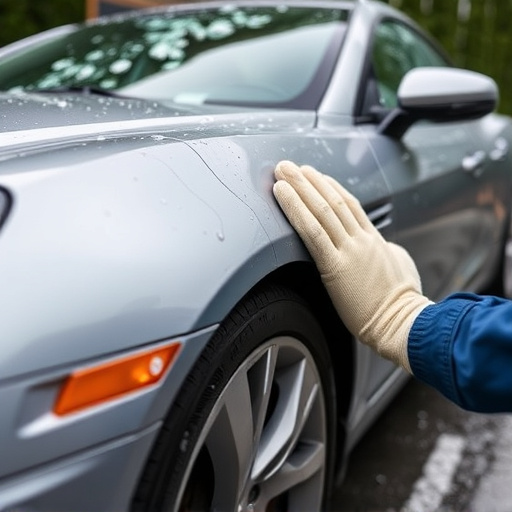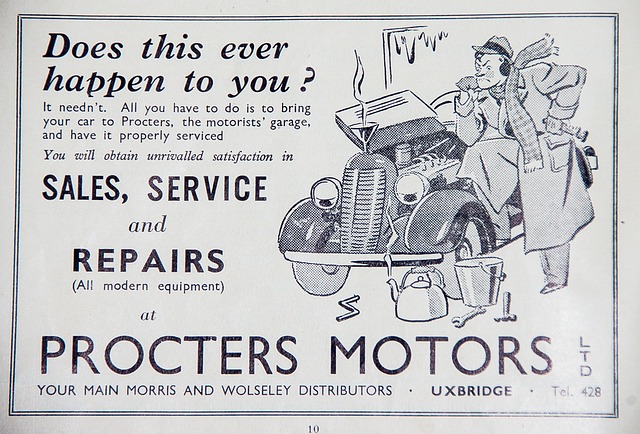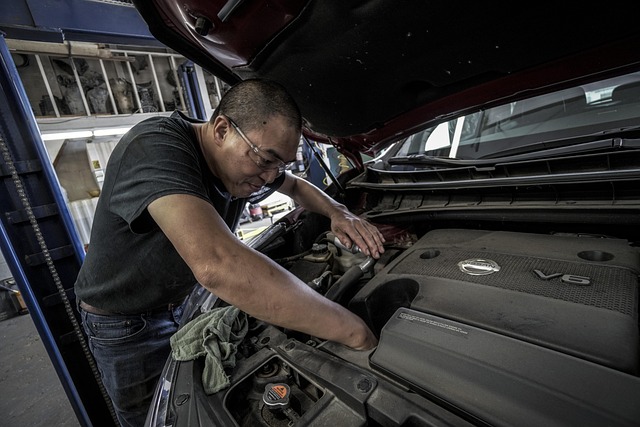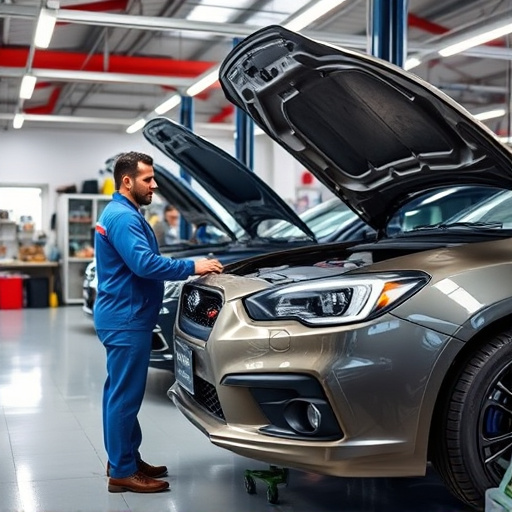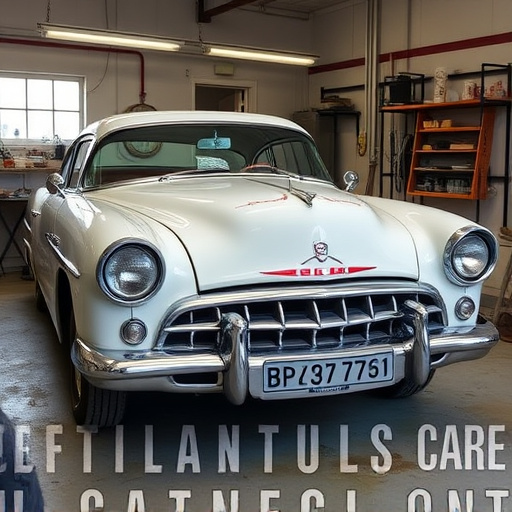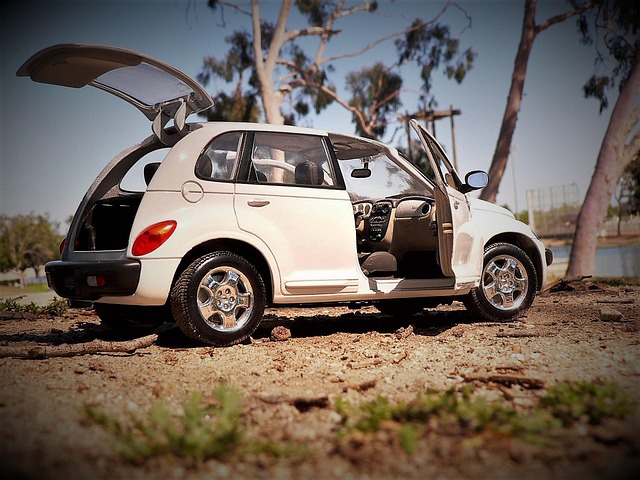Collision repair technicians perform critical initial assessments to guide repairs, from minor dent removal to major restructuring. They employ advanced tools like CAD and laser technology for precise work, addressing structural and cosmetic issues. These professionals ensure safety systems and structural integrity, using specialized adhesives and coatings. Quality control measures verify repairs, restoring vehicles to pre-accident condition and earning client trust.
Collision repair technicians play a pivotal role in restoring vehicles to their pre-accident condition. This article delves into the intricate workflow of these experts, focusing on three key aspects: assessing damage, performing repairs and restoration using advanced techniques, and implementing rigorous quality control measures. By understanding these processes, you gain valuable insights into how collision repair technicians ensure customer satisfaction and meticulous craftsmanship in their work.
- Assessing Damage: The Initial Step for Collision Repair Technicians
- Repairs and Restoration: Techniques Used by These Experts
- Quality Control: Ensuring Customer Satisfaction Post-Repair
Assessing Damage: The Initial Step for Collision Repair Technicians
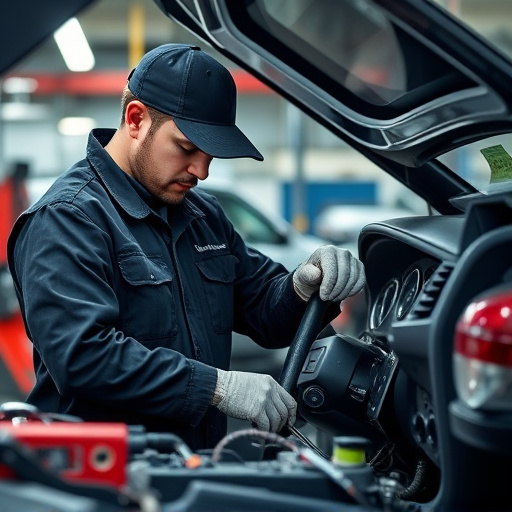
Collision repair technicians begin their work with a meticulous assessment of the vehicle’s damage, which is the first and most crucial step in the entire collision repair process. This initial evaluation involves a close examination of the car’s exterior and interior to determine the extent of the harm caused by accidents, collisions, or other incidents. Technicians use their expertise to identify cracks, dents, bends, and any structural weaknesses, ensuring nothing is overlooked. They may also need to disassemble certain components to gain better access and assess hidden damage, especially in cases of complex or severe collision scenarios.
The assessment stage plays a pivotal role as it dictates the subsequent repair methods. For instance, technicians might recommend paintless dent repair for minor dents and hail damage, preserving the vehicle’s original finish. In contrast, more extensive damage may require skilled hands to expertly rebuild and replace parts, ensuring the vehicle’s structural integrity and aesthetics are restored to their optimal state through expert vehicle paint repair techniques.
Repairs and Restoration: Techniques Used by These Experts
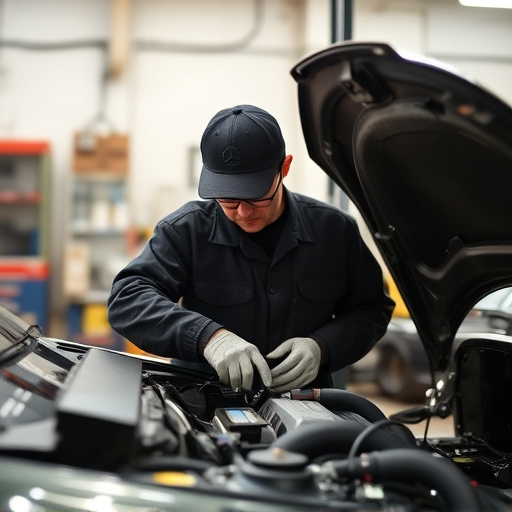
Collision repair technicians are experts in restoring vehicles to their pre-accident condition, transforming damaged cars into like-new ones. Their work involves a meticulous process that includes both structural and cosmetic repairs. For minor incidents like fender benders, the process may begin with straightening the bent metal using specialized tools, followed by precise paint matching and application for a seamless finish. These technicians are adept at handling complex repairs, such as Mercedes Benz collision repair, where they must address not just the visible exterior but also ensure the vehicle’s safety systems and structural integrity are fully restored.
They employ advanced techniques like computer-aided design (CAD) and laser technology to accurately measure and cut replacement parts, guaranteeing a perfect fit. The experts also utilize various adhesives, sealants, and coatings to achieve superior adhesion and durability. Vehicle repair services extend beyond physical repairs; collision repair technicians are trained in assessing and mitigating damage to sensors, electronics, and other advanced systems found in modern vehicles, ensuring every aspect of the vehicle is restored to its optimal condition.
Quality Control: Ensuring Customer Satisfaction Post-Repair
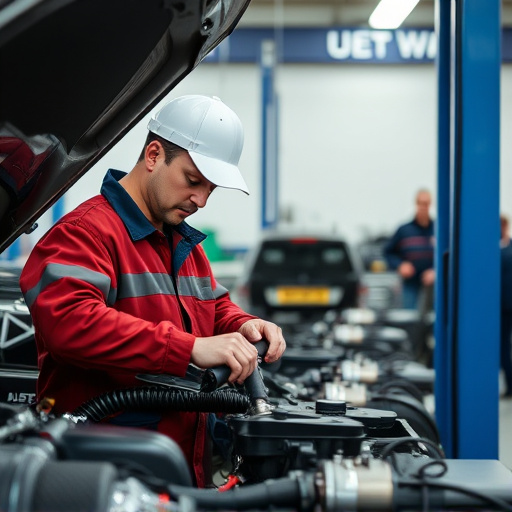
After a collision repair, ensuring customer satisfaction is paramount for any reputable car repair shop. Collision repair technicians play a crucial role in this process through meticulous quality control measures. They inspect each repaired vehicle thoroughly, checking for any defects or unevenness in auto body services and auto painting. This involves examining the fit of parts, paint job consistency, and overall structural integrity to meet pre-accident standards.
By implementing these rigorous checks, collision repair technicians guarantee that customers receive top-tier auto body services. It’s not just about fixing the physical damage; it’s about restoring peace of mind for car owners, ensuring they can hit the road with confidence. This commitment to quality sets apart a good collision repair shop from others, fostering trust and loyalty among its clientele.
Collision repair technicians play a vital role in restoring vehicles to their pre-accident condition, employing advanced techniques and meticulous attention to detail. From assessing damage to implementing precise repairs and rigorous quality control, these professionals ensure customer satisfaction. Understanding the workflow of a collision repair technician is essential for anyone considering a career in this specialized field, where skill, precision, and dedication are paramount.

